Fueling Demand Generation: How Buyer Personas Catapult Your Content Marketing Strategy
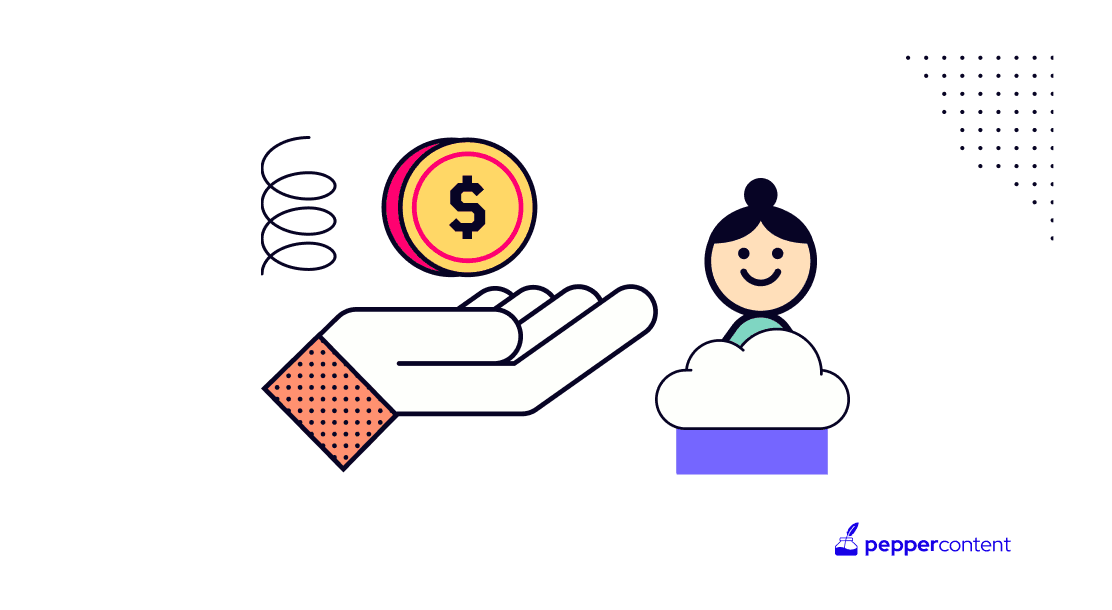
In today’s B2B marketing landscape, demand generation has become an increasingly vital component of successful marketing strategies. The ability to generate high-quality leads is crucial for driving revenue and business growth. This is where the power of buyer personas comes into play.
Buyer personas are fictional representations of your ideal customers that are based on real data and market research. They help you understand your target audience at a deeper level, allowing you to tailor your marketing efforts to their specific needs and preferences.
By leveraging buyer personas, marketers can align their sales and marketing teams, ensuring that both departments are working towards the same goals. This alignment is essential for generating better leads and improving conversion rates.
Aligning Sales and Marketing for Better Leads
Unfortunately, there is often a lack of alignment between sales and marketing teams in many organizations. According to a survey by HubSpot, only 22% of professionals have a well-defined sales service level agreement (SLA) between their sales and marketing teams.
However, companies like Salesforce have shown that aligning sales and marketing can lead to significant success. Salesforce achieved this alignment through a collaborative effort that involved defining shared metrics, establishing clear communication channels, and implementing technology platforms that enable seamless collaboration.
By leveraging buyer personas to align sales and marketing efforts, companies can ensure that the right messages are delivered to the right people at the right time. This alignment ultimately leads to better leads and improved sales outcomes. So, it’s clear that effectively leveraging buyer personas is a game-changer for demand generation in content marketing.
Leveraging Buyer Personas for Targeted Content Creation
Buyer personas are not just useful for identifying your target audience; they are also instrumental in creating personalized content that resonates with specific segments of your audience. By understanding the pain points, challenges, and motivations of individual buyers, you can tailor your content to address their unique needs.
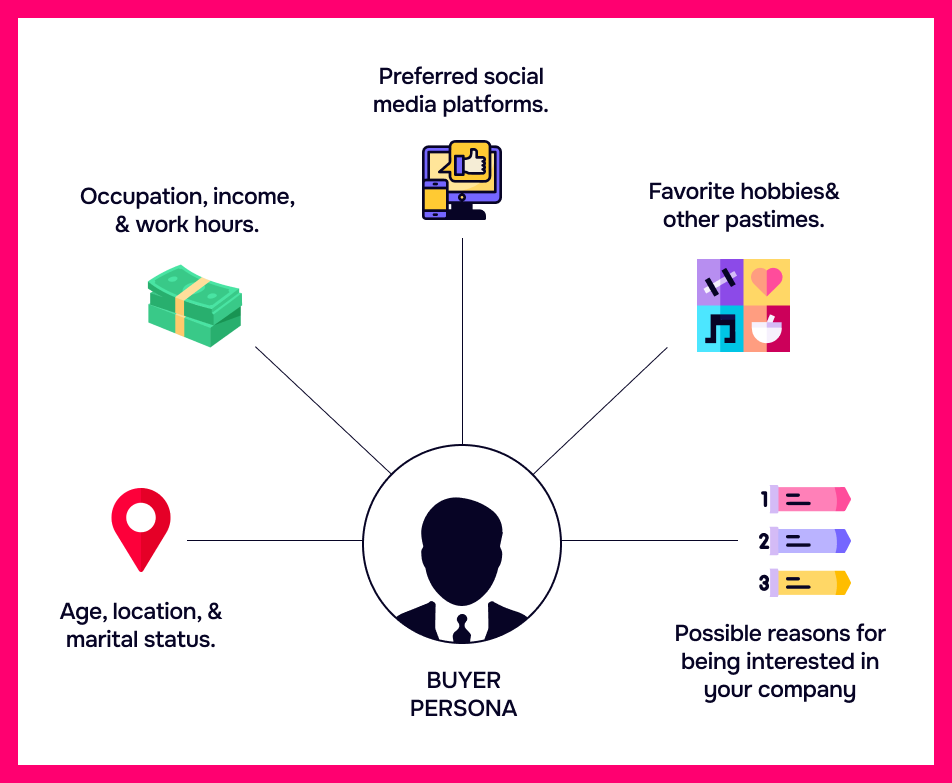
For instance, if one of your buyer personas is a small business owner struggling with lead generation, you can create blog posts and ebooks offering practical tips and strategies to overcome this challenge. By addressing the specific pain point of lead generation, you can capture the attention and interest of your target audience.
Mapping Buyer Journeys with Buyer Personas
Understanding the buyer journey is crucial for effective marketing. By mapping out the entire journey and aligning it with buyer personas, you can ensure that your marketing efforts are optimized for each stage of the buying process.
Let’s take the example of Coca-Cola. Such companies can use buyer personas to enhance their brand experience by mapping the customer journey. By analyzing touchpoints where customers interacted with their brand, Coca-Cola can identify opportunities for improvement and deliver a seamless experience.
For instance, if one of their buyer personas was a health-conscious consumer looking for alternative beverages, Coca-Cola can ensure that these individuals were targeted with advertisements and campaigns promoting their healthier options like Diet Coke or Dasani water. This personalized approach can help them connect with their target audience at every step of their journey.
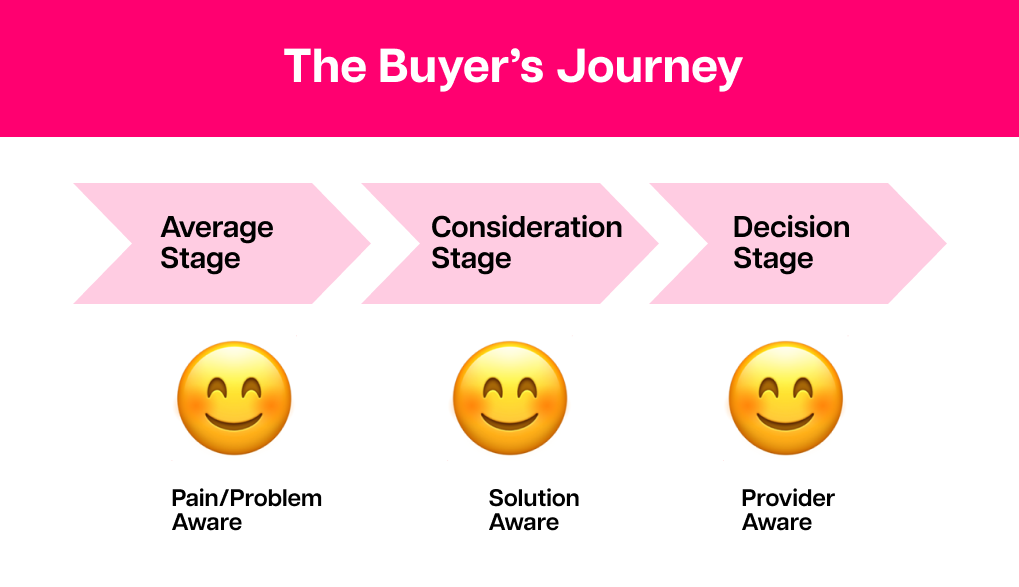
By leveraging buyer personas to map out the various touchpoints along the buyer journey, you can better understand how to engage and convert prospects into customers. This insight allows you to tailor your marketing strategies and deliver a more personalized experience that resonates with your target audience.
Optimizing SEO Strategies with Buyer Personas
When it comes to driving organic traffic to your website, search engine optimization (SEO) plays a crucial role. And guess what? Buyer personas can take your SEO efforts to the next level!
Creating buyer personas allows you to understand your target audience on a deeper level, including their pain points, preferences, and search behavior. Armed with this knowledge, you can optimize your website and content to align with their needs, increasing your chances of ranking higher in search engine results.
Let’s take a look at Moz, the renowned SEO software company. They can leverage buyer personas to guide their keyword research and content creation process. By identifying the specific words and phrases their target audience was using in their searches, they can create optimized content that matches user intent.
For example, if one of Moz’s buyer personas was a beginner marketer looking for SEO tips, they would focus on creating content around keywords like “SEO tips for beginners” or “how to improve website ranking.” By tailoring their content to match these specific queries, Moz can drive more organic traffic to their site.
Tailoring Social Media Marketing with Buyer Personas
Social media platforms have become an integral part of our daily lives. As marketers, it’s essential to leverage these platforms effectively to reach and engage with our target audience. This is where buyer personas come into play.
Buyer personas help marketers understand the unique characteristics of different customer segments, enabling them to tailor their social media marketing strategies accordingly. Take Airbnb as an example. They utilized buyer personas to target specific user groups on various social media platforms.
If one of Airbnb’s buyer personas represents adventurous travelers seeking unique experiences, they would focus on creating engaging content that resonates with this group. Whether it’s sharing breathtaking travel photos or highlighting offbeat destinations, Airbnb knows how to capture the attention of its target audience.
By utilizing buyer personas, Airbnb has been able to create compelling social media campaigns that speak directly to the desires and aspirations of their customers. This targeted approach not only helps them attract more followers but also increases their chances of turning those followers into loyal customers.
Here’s an example of a buyer persona:
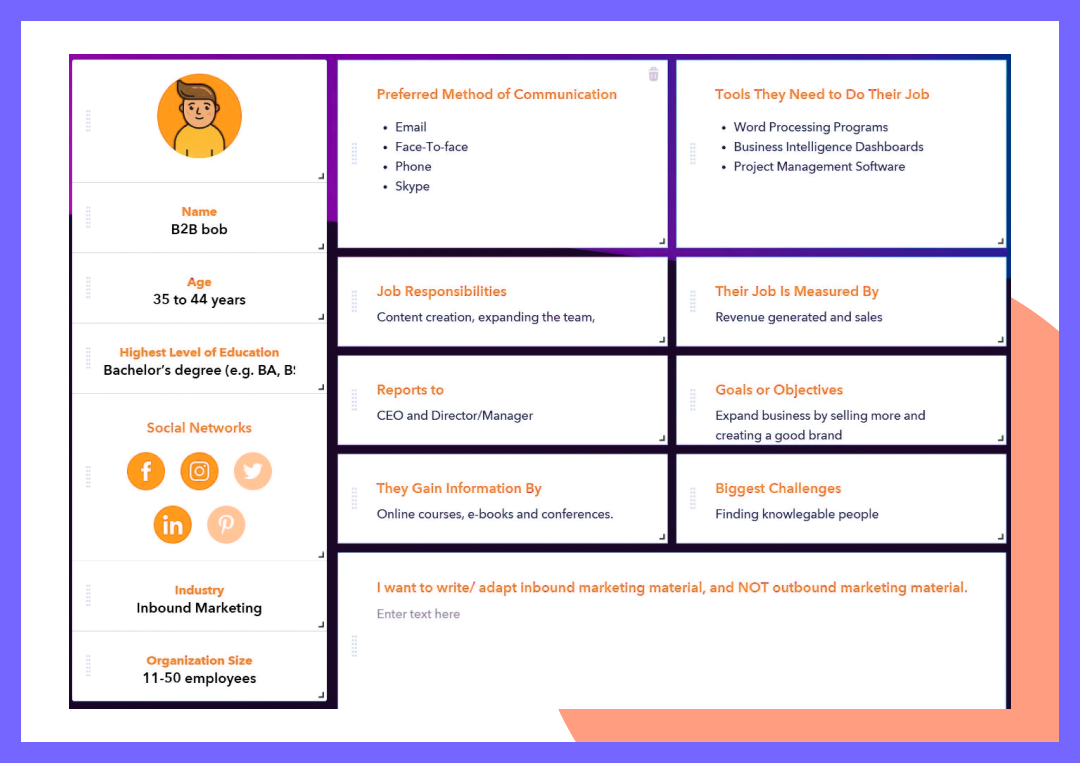
So, if you want to make the most of your social media marketing efforts, don’t forget to incorporate buyer personas into your strategy. By understanding your audience’s preferences, interests, and pain points, you can craft content that truly engages and resonates with them.
Creating Effective Lead Nurturing Programs with Buyer Personas
Creating effective lead nurturing programs is crucial for maximizing the potential of your buyer personas. By understanding the unique needs and preferences of each persona, you can tailor your nurturing strategies to provide them with relevant, valuable content at every stage of their journey.
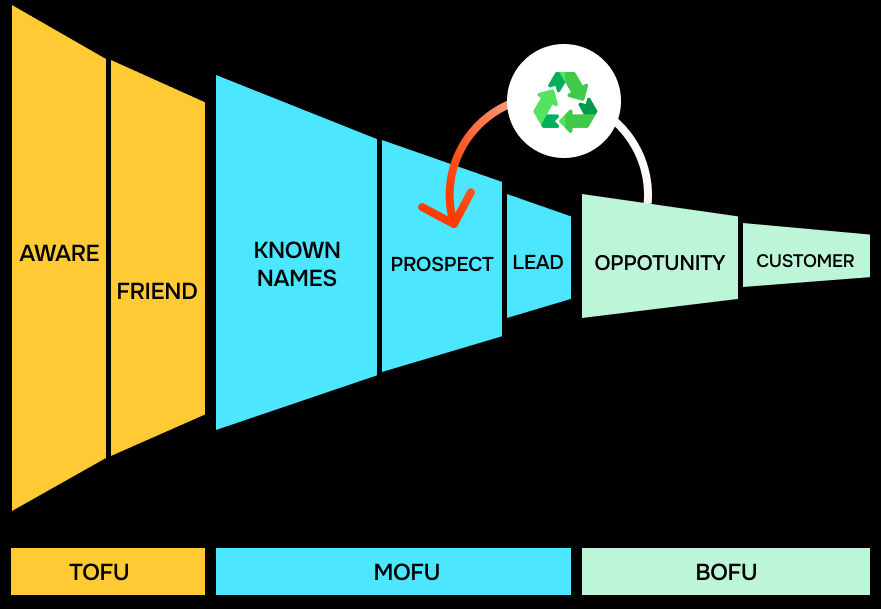
When it comes to lead nurturing, Marketo serves as an excellent example of how buyer personas can drive success. By leveraging buyer persona research, companies like Marketo can develop a personalized lead nurturing campaign that resonates with their target audience.
Using insights gained from their buyer personas, Marketo can craft highly targeted and relevant content for each stage of the buyer’s journey.
For example, let’s say one of their buyer personas was a marketing manager who struggled with lead generation. Marketo can create blog posts, ebooks, and webinars that offer practical tips and strategies for increasing lead flow. This tailored approach not only captures the attention of the marketing manager but also positions Marketo as a trusted resource in solving their problems.
Measuring Success and Adjusting Strategies with Buyer Personas
Measuring the success of your marketing campaigns is essential to ensure you’re on the right track. Having well-defined buyer personas is only half the battle; measuring the effectiveness of their marketing campaigns is equally important. Implement persona-based metrics to track key performance indicators (KPIs) such as website traffic, lead conversion rates, and customer acquisition costs.
By analyzing these metrics alongside their buyer personas, gain valuable insights into the effectiveness of your messaging and targeting strategies. Identify which personas are responding positively to their campaigns and which ones need adjustment.
For example, if you notice that a particular persona has high website traffic but low conversion rates, dive deeper into the data to understand the pain points and barriers preventing conversions. Armed with this information, adjust your messaging or targeting strategies to better resonate with that specific persona.
This will help you optimize your marketing initiatives for better results and maximize your ROI.
Conclusion
Leveraging buyer personas is a game-changer for demand generation in content marketing. By understanding your target audience on a deeper level, you can create personalized and targeted strategies that drive better results. From aligning sales and marketing teams to tailoring social media campaigns, buyer personas guide every step of the way.
So, if you’re looking to increase leads and conversions, it’s time to embrace the power of buyer persona marketing. Take the time to create detailed and accurate buyer personas, backed by research and data. This persona-driven approach will ensure that your content resonates with your target audience, leading to improved engagement and success.
Remember, creating buyer personas is not just about understanding your customers; it’s about connecting with them on a personal level and delivering value that truly speaks to their needs and desires.
Looking for high-quality and well-optimized AI+human-led demand generation content? Don’t forget to check out Pepper Content’s writing services.
Latest Blogs
Explore how Google’s 2025 AI search updates triggered ranking chaos. Learn actionable strategies to adapt your SEO for AI Overviews, zero-click searches, and SERP volatility. Stay ahead now.
Learn how to rank on AI search engines like ChatGPT, Perplexity, and Gemini by optimizing your content for authority, structure, and relevance. Stay ahead in AI-driven search with this strategic guide.
Explore the best healthcare SEO services for your medical practice. Improve online visibility and effectively reach more patients in need of your services.
Get your hands on the latest news!
Similar Posts

Demand Generation
8 mins read
Mastering the Art of Building an Effective Content Marketing Funnel in 2024
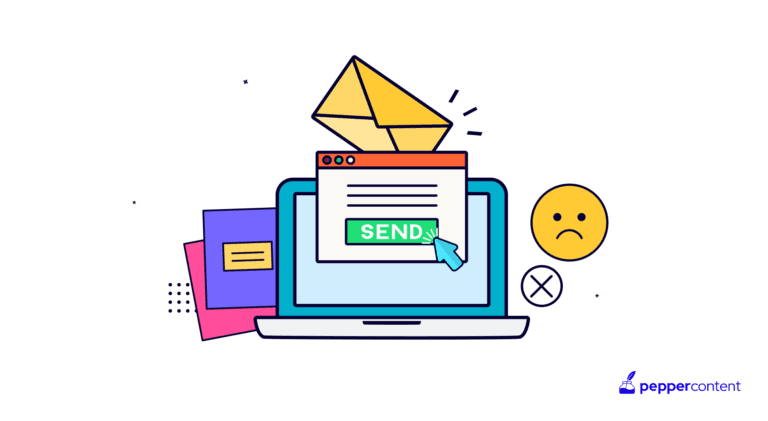
Demand Generation
8 mins read
Top Email Marketing Mistakes to Avoid in 2024

Demand Generation
8 mins read